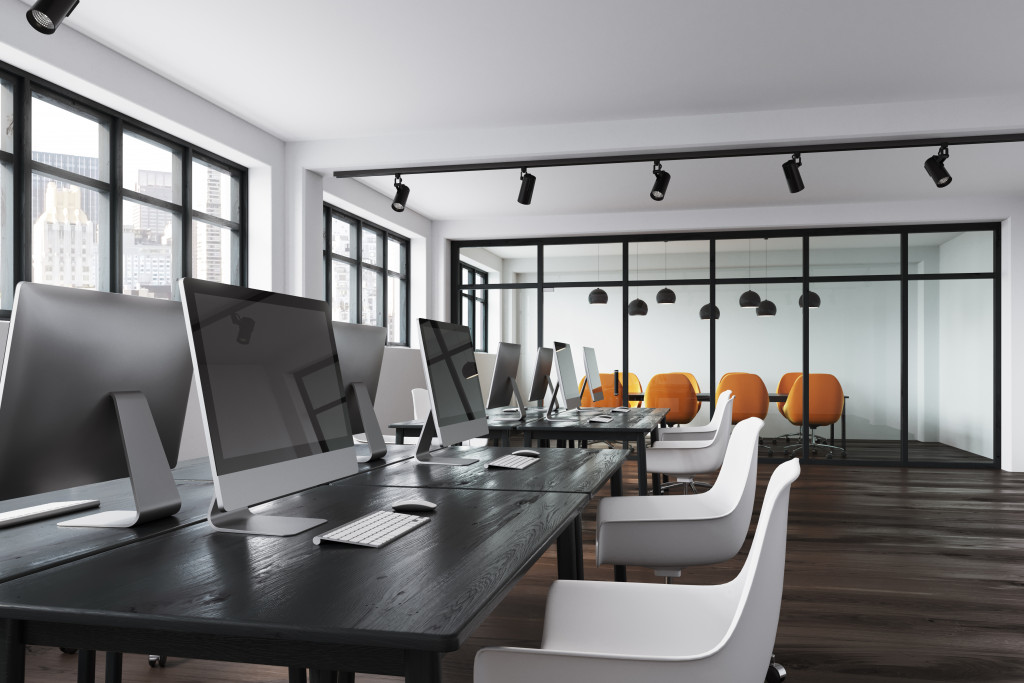• Aging furniture and equipment can cause an office to appear outdated and unprofessional, leading to depreciation.
• Failing infrastructure can result in costly delays or even complete shutdowns if left unchecked, so regular inspections should be done to ensure its longevity.
• Unaddressed maintenance issues can quickly become major problems if not addressed, so regularly inspect your office for any signs of trouble.
• Consider doing a roof inspection, preventive renovation, and regular cleaning and maintenance to reduce depreciation and keep your office looking up-to-date.
• Lastly, be aware of the latest furniture trends to ensure that your office remains modern and attractive.
As a business owner or entrepreneur, it’s essential to understand why your office space depreciates. While depreciation is a normal process and can often signal growth, certain contributing factors can cause an office to decline faster than expected. Here’s a break of a few of these causes and what you can do to mitigate the damage they cause.
Age of Furniture and Equipment
The age of furniture and equipment in your office is one of the primary contributors to its depreciation. Businesses must regularly replace outdated furniture and outdated technology to remain competitive and appeal to customers.
Old or obsolete furniture can make an office look dingy and unprofessional, discouraging potential customers from doing business with you. The key here is to keep up with regular maintenance and replacement cycles for your furniture and equipment so that your office remains fresh, inviting, and competitive.

Failing Infrastructure
Another common cause of office depreciation is failing infrastructure, such as plumbing or electrical problems. Failing infrastructure can lead to significant disruptions in the daily operations of any business, causing costly delays or even complete shutdowns if left unchecked.
Therefore, it’s essential for companies to regularly inspect their infrastructure for signs of trouble before it becomes a significant problem. In addition, businesses can prevent costly repairs or replacements by ensuring that all components are up-to-date and properly maintained.
Unaddressed Maintenance Issues
Finally, unaddressed maintenance issues can significantly impact an office’s depreciation rate over time. Minor problems such as broken windows or leaky faucets may not seem like big deals at first glance, but they can quickly become major headaches if left unaddressed for too long. Regular maintenance checks should be done on all aspects of an office to ensure that minor problems don’t become significant catastrophes later on down the road.

Tips For Reducing Depreciation
The bottom line is that many factors contribute to an office’s depreciation rate over time, from the age of furniture and equipment to failing infrastructure and unaddressed maintenance issues. Therefore, it’s vital for business owners and entrepreneurs alike to remain vigilant about inspecting their offices for any signs of trouble so that they can address any issues before they become major problems down the line. Additionally, consider doing these tips to reduce the depreciation of your office.
Roof Inspection
The roof of your office plays a huge role in keeping your internal space safe and secure. Regular roof inspections can help you identify potential issues before they become significant problems and force you to spend more money on repairs or replacements. In addition, you can talk to roofing contractors near your area. Ask for a quotation and compare it with other contractors.
Regular Cleaning and Maintenance
No matter the size of your office, regular cleaning and maintenance are essential for keeping it in tip-top condition. This includes everything from vacuuming the floors to dusting off lights and ceiling fans. Additionally, you should consider adding protective coatings or treatments to wood surfaces, carpets, and upholstery to enhance their durability further.
Preventive Renovation
It might be wise to make minor renovations or upgrades from time to time to keep your office space looking fresh and up-to-date. This could involve anything from painting the walls to replacing broken furniture and installing energy-efficient appliances. These small investments can significantly impact your office’s overall look and feel, making it more appealing to customers and increasing its value over time.
Look Out For The Latest Furniture Trends
Finally, look out for the latest trends in office furniture so that your workplace remains modern and attractive. Keeping up with the newest trends can help you stay competitive, attract customers, and ensure that your office space depreciates slower.
Overall, understanding the contributing factors of office depreciation is vital for business owners and entrepreneurs who want to maintain their place of work in good condition. Taking proactive steps ensures that your office remains safe, inviting, and competitive for years to come.

